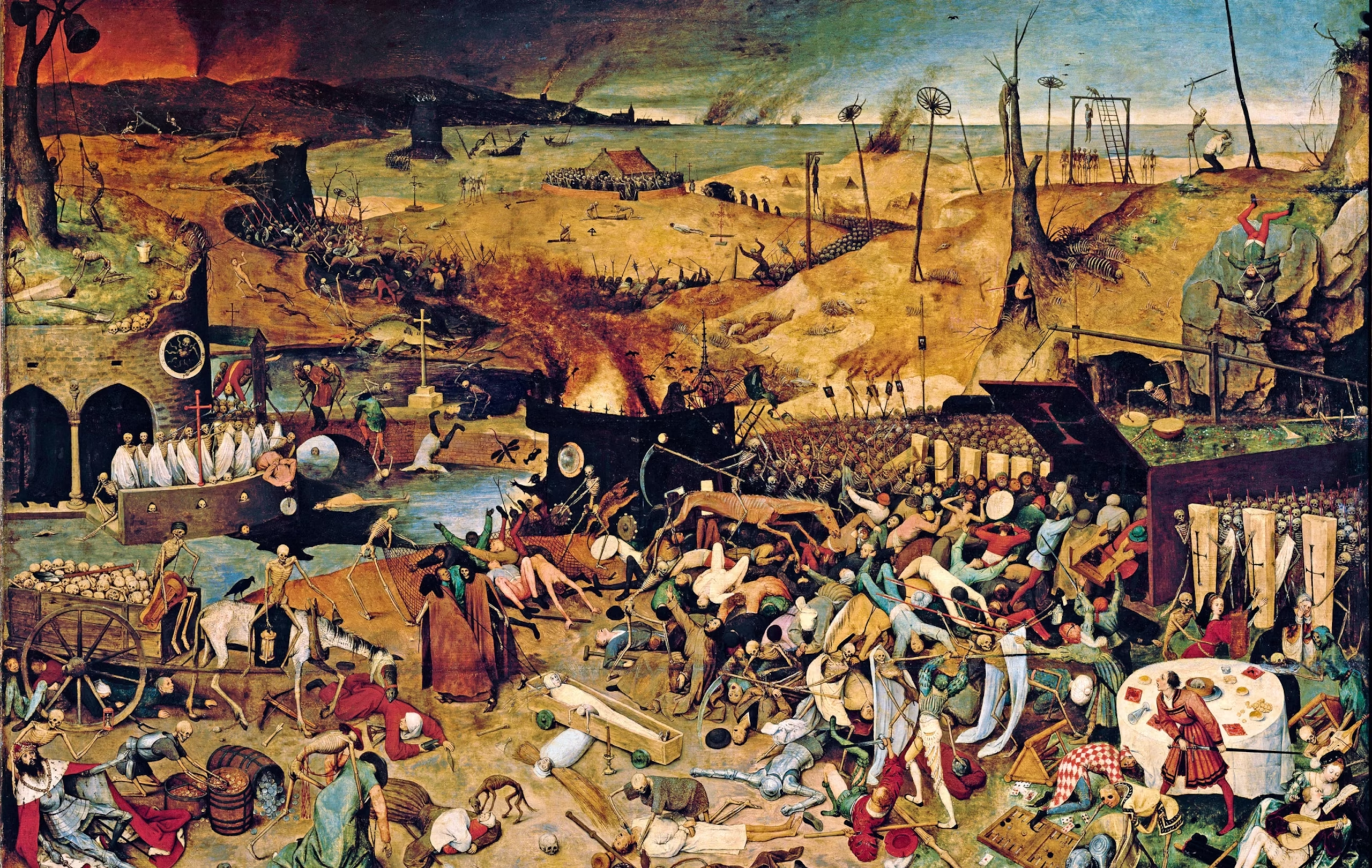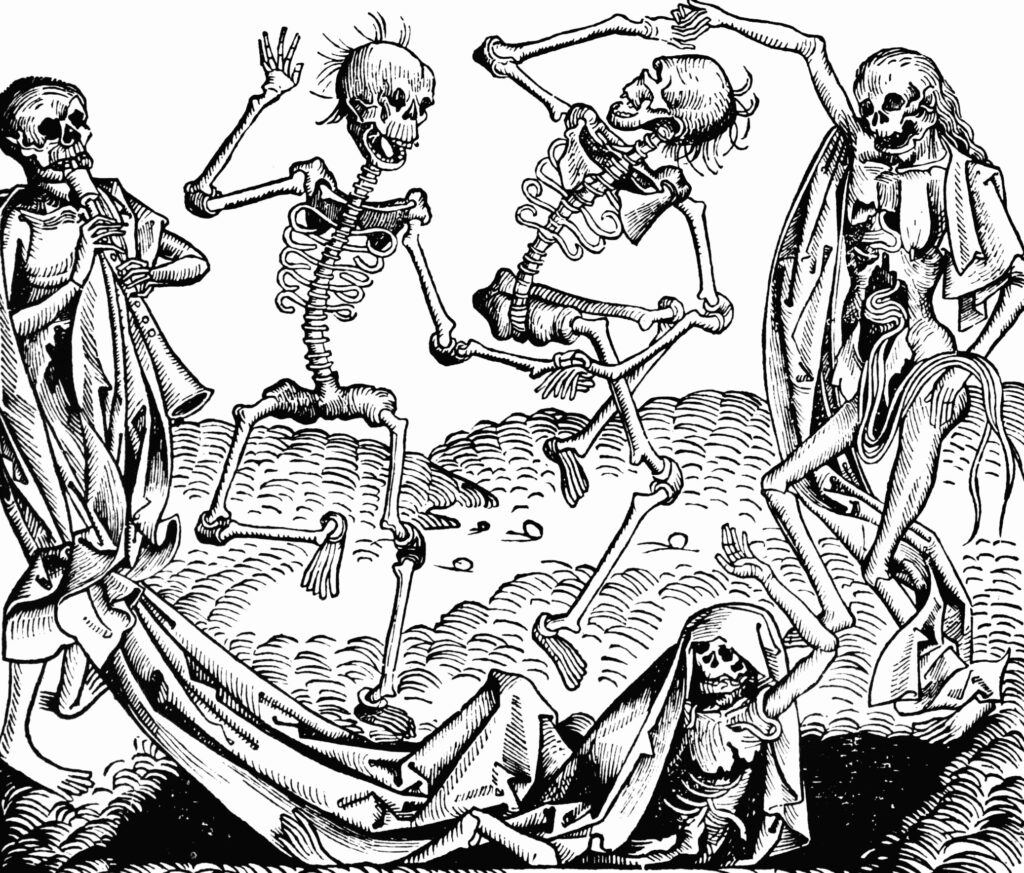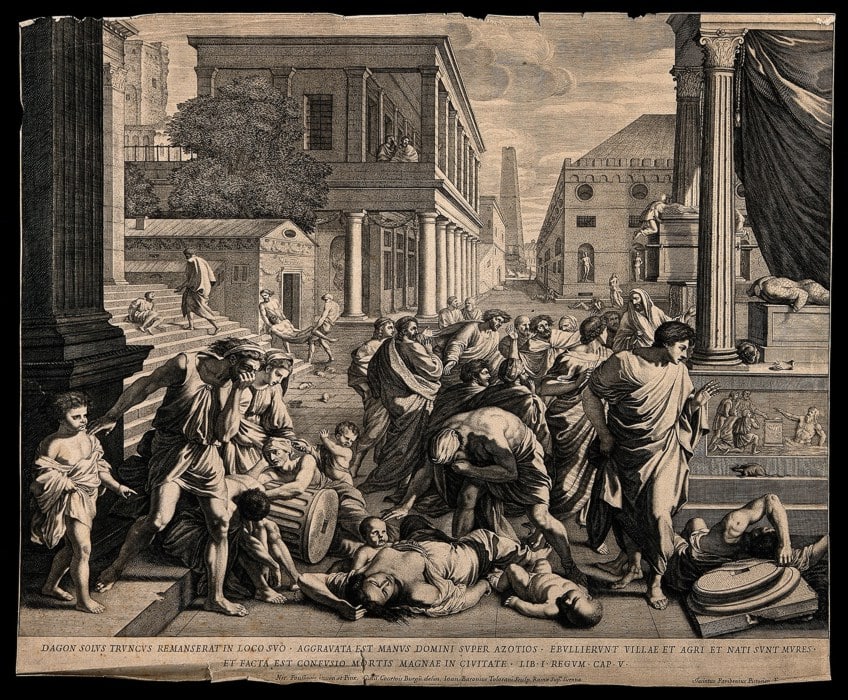“1348: The Black Death — Plague, Panic, and the Transformation of Europe”

Introduction: The Year Everything Changed
In 1348, Europe was forever altered by one of the most devastating pandemics in human history: the Black Death. Sweeping across the continent with terrifying speed, this deadly plague killed an estimated 25 to 50 million people—roughly one-third to half of Europe’s population. But its impact went far beyond death. The Black Death reshaped society, religion, labor, medicine, and even art.
This article explores the origins, spread, impact, and long-term consequences of the 1348 pandemic, a watershed moment that marked the end of the medieval world and set the stage for the modern age.
Origins of the Plague: From the Steppes to the Streets of Europe
The Black Death was caused by the bacterium Yersinia pestis, which typically spread through the bites of infected fleas carried by black rats. The disease likely originated in Central Asia, spreading westward via trade routes such as the Silk Road and reaching Europe through ports in the Crimean Peninsula.
From there, the plague hit:
- Sicily (Messina) in 1347
- Italy, France, and Spain by early 1348
- England by mid-1348
- Scandinavia and Eastern Europe by 1350
The movement of merchant ships, armies, and pilgrims played a crucial role in the disease’s rapid transmission.
Symptoms and Variants: The Terror of the Unknown
The Black Death came in three forms, each with devastating effects:
- Bubonic plague – The most common form, marked by painful, swollen lymph nodes (buboes), fever, chills, and death within 5–7 days.
- Septicemic plague – A blood infection, often leading to death within hours, with symptoms such as darkening skin, vomiting, and internal bleeding.
- Pneumonic plague – A respiratory form spread through airborne droplets, allowing human-to-human transmission and causing death within 1–3 days.
With no understanding of germs or infection, medieval medicine relied on astrology, religion, and superstition. Physicians wore iconic beaked masks, filled with herbs to “ward off bad air.”

Social and Psychological Impact: A World in Shock
The death toll created widespread panic, despair, and a breakdown of social order:
- Families abandoned loved ones, cities emptied, and corpses piled in the streets.
- Many believed the plague was divine punishment, leading to mass flagellant processions and the persecution of minorities, especially Jews, who were falsely accused of poisoning wells.
- Entire villages disappeared, and labor shortages upended the feudal economy.
The trauma profoundly altered people’s relationship with life and death, leading to macabre themes in art and literature, such as Danse Macabre imagery and the famous lines of Petrarch, who mourned the loss of an entire generation.
Economic and Political Consequences: The Seeds of Change
While devastating, the Black Death also disrupted old systems and triggered major transformations:
- Laborers gained bargaining power, as the scarcity of workers increased their value. This led to higher wages, peasant mobility, and eventually revolts like the English Peasants’ Revolt of 1381.
- The feudal system weakened, and the middle class began to rise.
- Landowners shifted from farming to pastoralism (e.g., sheep herding), which required fewer laborers.
- Governments imposed wage controls and sumptuary laws to try and maintain pre-plague hierarchies—but with limited success.
The plague also stimulated medical inquiry, challenging old traditions and paving the way for Renaissance humanism and early scientific thinking.
Religious and Cultural Responses: Faith Shaken and Reinvented
The Black Death shattered faith in the Church, which struggled to provide answers or protection:
- Many clergy died or fled, and the papacy’s authority diminished.
- In contrast, mysticism, personal piety, and charitable brotherhoods gained popularity.
- The plague inspired powerful works of literature and reflection, including:
- Giovanni Boccaccio’s The Decameron: a collection of stories told by plague refugees.
- Chaucer’s Canterbury Tales: which drew on post-plague social tensions.
Art shifted toward realism, mortality, and spiritual urgency, setting the stage for the cultural revival of the Renaissance.
Recurring Plagues and Enduring Legacy
The Black Death did not vanish after 1351. It returned in waves for centuries:
- Major outbreaks occurred in 1361, 1374, and 1400s, with intermittent flare-ups until the 17th century.
- Later epidemics, like the Great Plague of London (1665), were continuations of the same pathogen.
The 1348 pandemic is now viewed as a turning point in European history—accelerating social, economic, and intellectual change that led toward the modern world.

Conclusion: The Plague That Changed the World
The Black Death of 1348 was more than a catastrophic loss of life—it was a transformational event. It exposed the fragility of medieval institutions, challenged worldviews, and forced Europe to adapt and evolve. Out of unimaginable suffering came a new trajectory for humanity: one that questioned authority, embraced innovation, and reimagined society.
The echoes of the Black Death still resonate today in our responses to pandemics, our understanding of disease, and our enduring fascination with how catastrophe can spark profound transformation.




